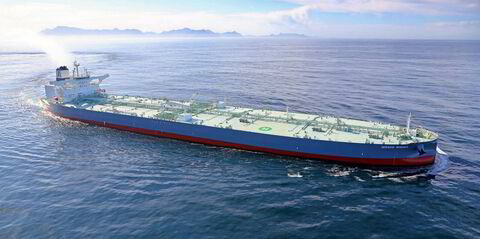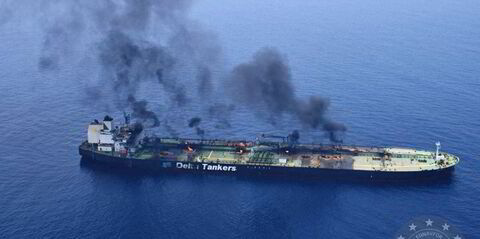Solstad Offshore has reported record operating income for the second quarter as the Oslo-listed company experienced strong utilisation for its construction support vessels (CSV) fleet.
And chief executive Lars Peder Solstad spoke bullishly of what’s ahead for the company’s key markets.
“The record high second-quarter numbers, with a 49% Ebitda margin, is a result of strong operational performance from our on- and offshore teams. In an active market, we have experienced increasing demand for our services and achieved high utilisation on our vessels,” he said.
“If we take a closer look at what our oil and gas companies and subsea contractors report on new field developments, E&P [exploration and production] spendings, backlogs and marked view, combined with the global ambitions to develop fixed and floating wind, there are reasons to believe that we have some busy years ahead of us.”
The shipowner, which is focused on CSVs and anchor-handling tug supply vessels (AHTS) after selling a major share of its fleet to US-based Tidewater, reported a total comprehensive income of NOK 134m ($12.5m) for the latest quarter, reversing a NOK 1.18bn loss a year earlier.
But the Norwegian company trumpeted the NOK 1.91bn in operational income, which was the highest in the company’s history and represented a jump from NOK 1.33bn in the same period of 2022.
Adjusted Ebitda of NOK 934m was also a record.
Solstad said its CSV segment had both high utilisation and improved commercial terms across the geographical regions where the vessels operate.
And while the AHTS segment saw lower utilisation compared to the second quarter of last year, the latest reporting period brought an improvement in commercial terms.
The three-month period ending 30 June represented the last full quarter for Solstad as a platform supply vessel owner, after the company closed the sale of 37 PSVs to Tidewater on 5 July.
Solstad said the high offshore activity in the second quarter is expected to continue.
“The activity is within all types of offshore segments, including exploration, production, field development and decommissioning, in addition to offshore wind projects,” the company said.
There have been challenges in the second quarter and further into the summer season, as several rigs have departed the North Sea, reducing rig move work for AHTSs.
But project mooring has been an active source of work, which is expected to continue.
“The CSVs are in demand from both renewable energy and oil and gas clients,” Solstad said. “Hence, there has in periods been a shortage of vessels, as activity level is very high in both segments.”
Solstad’s total comprehensive income for the first half of the year came in at nearly NOK 108m, flipping from a NOK 1.49bn loss in the same period of 2022.





